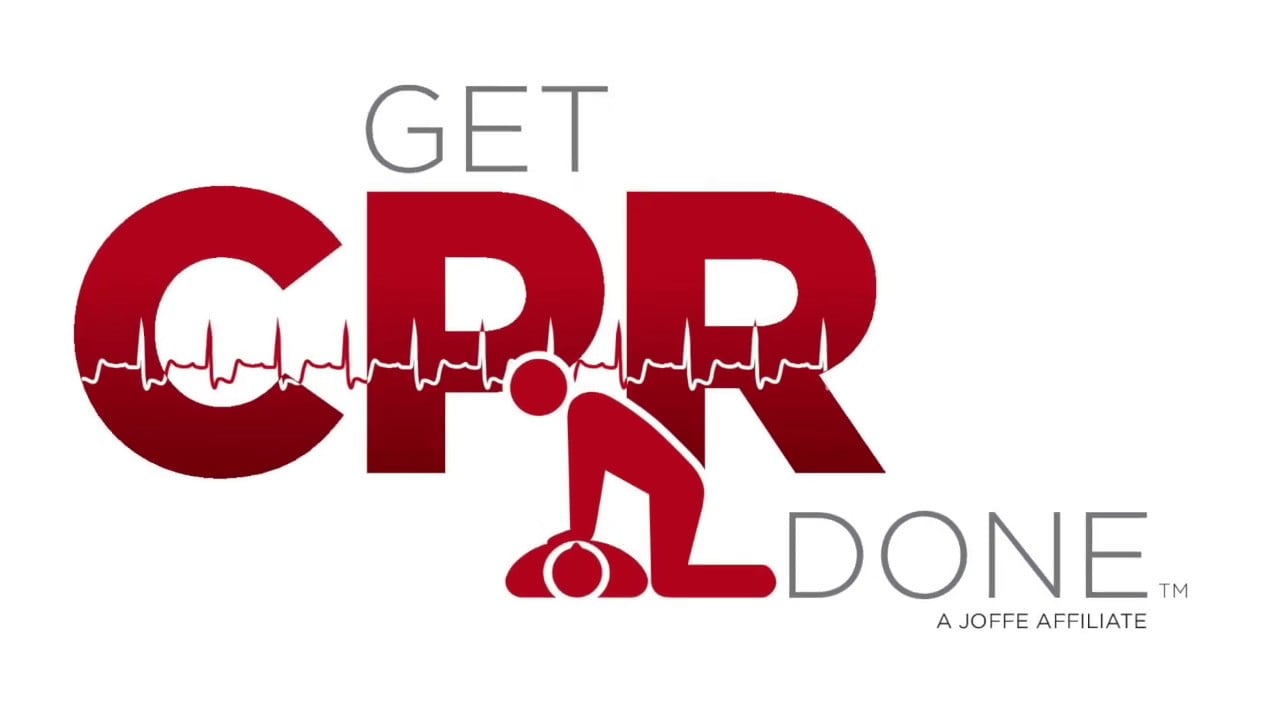Did you know that most sudden cardiac arrests occur at home? When an individual becomes unresponsive with no signs of breathing, providing CPR immediately is one of the only ways to possibly save their life.
Unresponsive means pulseless, breathless, or not breathing in a normal fashion. However, you should perform CPR when the individual shows absolutely no signs of life as well. This means you cannot see their chest rise and fall or the person is not responding to a verbal and physical response such as tapping and shouting.
CPR aids in maintaining blood flow to the vital organs, the brain, and the heart. An unresponsive individual’s chance of survival decreases by 7% every minute unaided – so CPR must be performed quickly.
Some emergencies where CPR can be used are:
- Drug Overdose
- Drowning
- Choking
- Heart attack
- Suffocation
Certain professions require CPR training, such as lifeguards, teachers, coaches, athletic trainers, and electricians. If you interact with the public, being CPR certified is necessary. However, anyone can learn CPR, including parents, students, and even children. Some Los Angeles schools require CPR certification as a graduation requirement, empowering today’s youth to make a difference and maybe even save a life someday.
There is no downside to knowing how to perform CPR. An emergency can happen at any time in the workplace, at the store, and, most often, at home. The first few minutes of an emergency are the most critical. Knowing what to do and how to respond not only puts witnesses of an incident at ease, but also grants you the feeling of being in control and the ability to help save lives.




